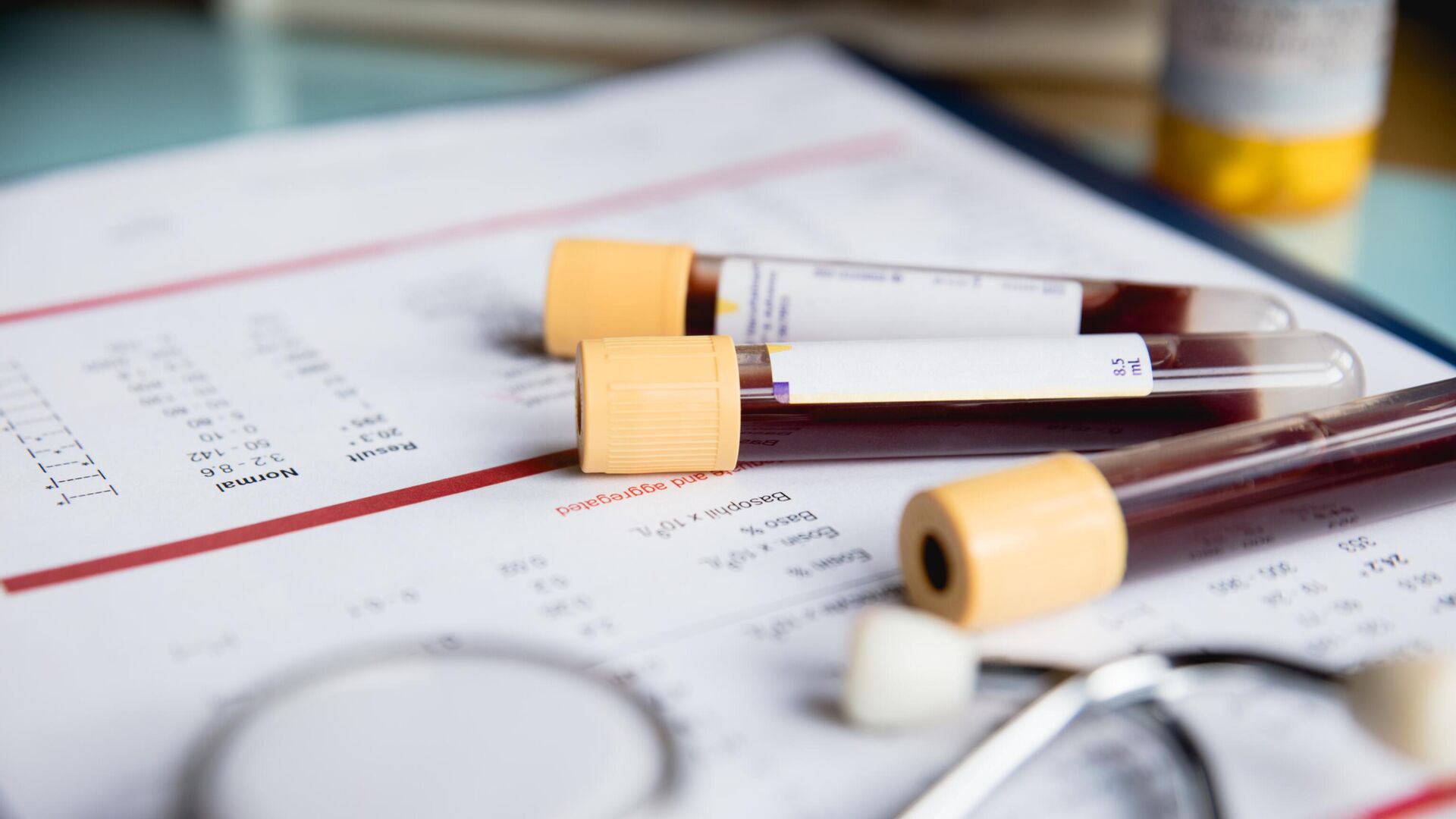
MOSCOW, November 13. MIET scientists, as part of a team of researchers, have developed a nanomaterial to reduce the cost of high-precision analysis in clinical, epidemiological, forensic and other studies using Raman spectroscopy. The results are presented in Applied Surface Science.
One of the most current trends in the optical analysis of chemical and including organic substances, according to scientists, is based on the use of the giant Raman scattering (GRS) effect. This phenomenon consists of a multiple amplification of the scattered light (Raman) signal from the molecules of the substance under study due to its interaction with metal nanoparticles located on the substrate.
SERS sensors are promising for use in medicine, forensics, the chemical industry and ecology due to their high speed of analysis, small sample volume and very high sensitivity.
< /span>
“
“Sensors of this type are capable of detecting even single molecules in multicomponent media, for example, in food products or biological fluids,” said Denis Novikov, a graduate student at the Institute of Advanced Materials and Technologies of MIET.
The key element of such devices is the SERS-active substrate on which the analyte is deposited and which amplifies the scattered (Raman) radiation as a result of interaction and reflection. Substrates existing on the market degrade due to oxidation and active absorption of various pollutants from the air, so even when packaged they are stored for no more than three months, and after unpacking they are suitable for use for no more than a day, scientists explained.
Scientists from the National Research University «MIET» (MIET), together with Russian and Belarusian colleagues, have created a substrate for SERS sensors that is more resistant to external influences. According to them, the new development significantly simplifies, increases accuracy and reduces the cost of analysis, reducing requirements for storage conditions and ensuring a longer operating life.
“In our case, the SERS-active component (silver) is uniformly distributed in a multicomponent thin film, which prevents its oxidation when the film comes into contact with the atmosphere, which allows the substrate to be stored for an indefinitely long time before activation. During activation, plasmonic silver nanoparticles appear on the surface of the substrate, which give the desired optical properties in the form of the SERS effect,” explained Dmitry Gennadievich Gromov, professor at the Institute of Advanced Materials and Technologies of MIET.
The proposed development, according to the authors, is primarily focused on use in mass medical express research and forensics. Activation of the substrate occurs due to treatment with microwave radiation or other external energy influence, that is, it can be prepared for use even in a regular microwave, the scientists said.
«The use of our substrate will make the analysis process noticeably more accessible, more accurate and cheaper. In terms of resistance and durability, our material is significantly superior to all analogues available on the market,» said Sergei Dubkov, associate professor at the Institute of Advanced Materials and Technologies of MIET.
In the future, the research team intends to develop similar substrates with plasmonic particles of other metals, which will expand the range of substances detected using SERS sensors.
MIET is a participant in the state support program for universities of the Russian Federation «Priority-2030» of the national project «Science and Universities». The study was supported by the Russian Science Foundation (grant No. 21-19-00761).























































Свежие комментарии